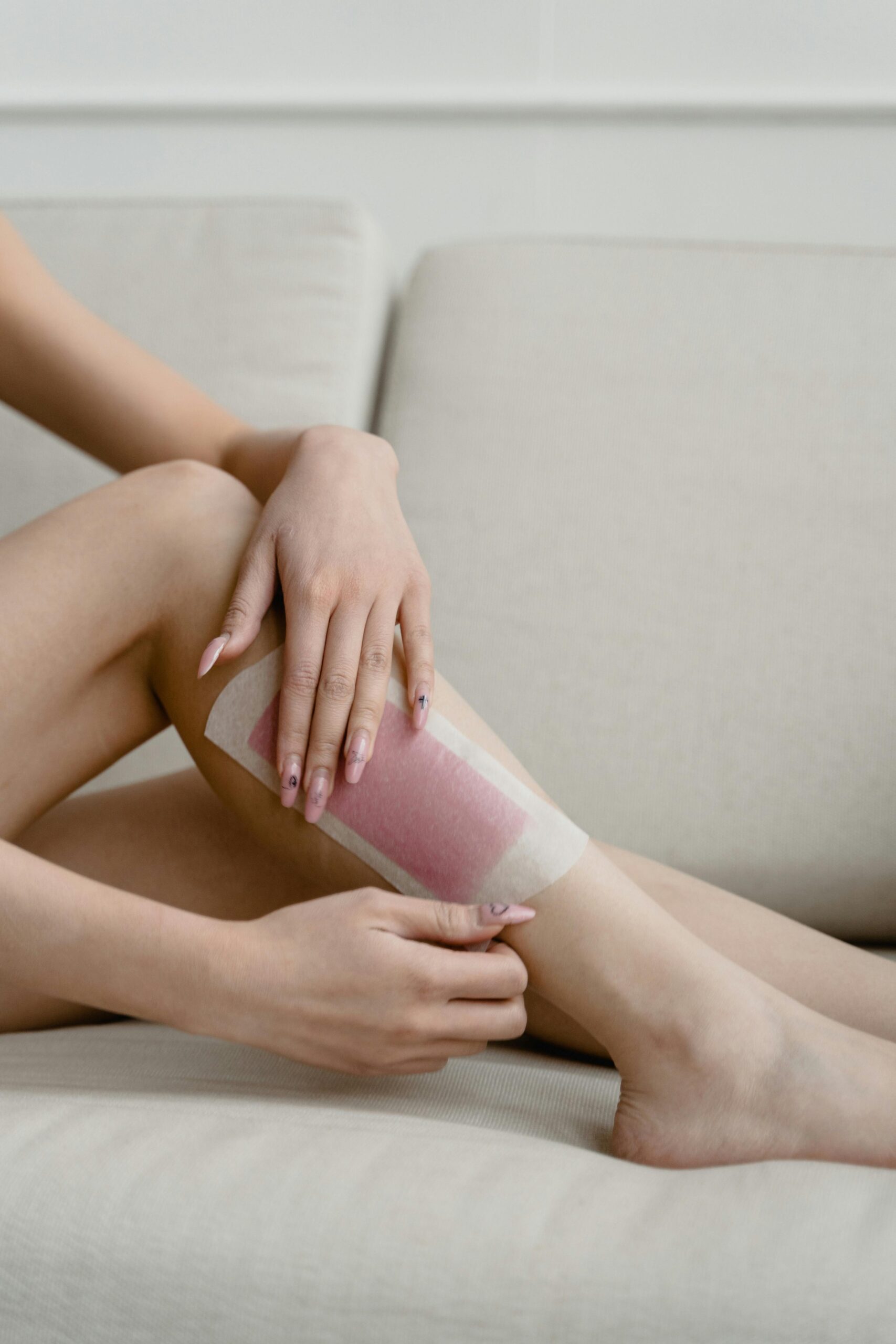Excessive hair growth, medically known as hirsutism, can be a source of frustration and embarrassment for many women. While some degree of hair growth is normal and even expected, particularly in areas like the legs, underarms, and bikini line, excessive hair in unexpected places like the face, chest, and back can be distressing. In this blog post, we’ll delve into the root causes of excessive hair growth in women, exploring both the biological factors and underlying conditions that contribute to this phenomenon.
Understanding Normal Hair Growth
Before we dive into the causes of excessive hair growth, it’s important to understand the basics of hair growth in women. Hair growth is a natural process that occurs in three stages: anagen (growth phase), catagen (transitional phase), and telogen (resting phase). Each hair follicle on the body operates independently, cycling through these stages at different times.
The growth of hair is primarily regulated by hormones, particularly androgens such as testosterone. While androgens are typically associated with male characteristics, women also produce small amounts of testosterone, primarily in the ovaries and adrenal glands. In women, the balance of hormones is delicate, and fluctuations can influence hair growth patterns.
Common Causes of Excessive Hair Growth
Hormonal Imbalance:
Hormonal imbalances are a leading cause of excessive hair growth in women. Conditions such as polycystic ovary syndrome (PCOS) and adrenal gland disorders can disrupt the balance of hormones in the body, leading to an increase in androgen production. This excess of androgens can stimulate the growth of coarse, dark hair in areas typically associated with male-pattern hair growth, such as the face, chest, and back.
Genetics:
Genetics plays a significant role in determining hair growth patterns. Women with a family history of hirsutism or PCOS are more likely to experience excessive hair growth themselves. Genetic factors can influence hormone levels, hair follicle sensitivity to hormones, and the overall thickness and distribution of hair in the body.
Medications:
Certain medications can also trigger excessive hair growth as a side effect. These may include corticosteroids, anabolic steroids, and certain hormonal contraceptives. Women need to discuss potential side effects with their healthcare providers when starting a new medication regimen.
Insulin Resistance:
Insulin resistance, commonly associated with conditions like PCOS and obesity, can contribute to hormonal imbalances that drive excessive hair growth. High levels of insulin in the bloodstream can stimulate the ovaries to produce more androgens, exacerbating hirsutism symptoms.
Idiopathic Hirsutism:
In some cases, the cause of excessive hair growth in women may not be readily apparent, leading to a diagnosis of idiopathic hirsutism. This term is used when there is no underlying medical condition or hormonal imbalance identified, yet the patient experiences significant hair growth.
Treatment Options
Treating excessive hair growth in women often involves addressing the underlying cause, whether it be hormonal imbalance, medication side effects, or an underlying medical condition. Treatment options may include:
Hormonal Therapy:
Hormonal therapy, such as birth control pills or anti-androgen medications, can help regulate hormone levels and reduce excessive hair growth in women with hormonal imbalances.
Topical Treatments:
Topical treatments such as eflornithine cream can help slow the growth of unwanted facial hair by interfering with the enzymes necessary for hair growth.
Laser Hair Removal:
Laser hair removal in Orem is a popular option for the long-term reduction of unwanted hair. This procedure uses concentrated light to target and destroy hair follicles, resulting in permanent hair reduction over time.
Electrolysis:
Electrolysis is another option for permanent hair removal. During this procedure, a thin needle is inserted into each hair follicle to deliver an electrical current, destroying the follicle and preventing future hair growth.
In Conclusion
Excessive hair growth in women can have a significant impact on self-esteem and quality of life. By understanding the root causes of hirsutism and exploring effective treatment options, women can take control of their hair growth and feel more confident in their appearance. If you’re experiencing excessive hair growth, it’s essential to consult with a healthcare provider to determine the underlying cause and develop a personalized treatment plan tailored to your needs.

